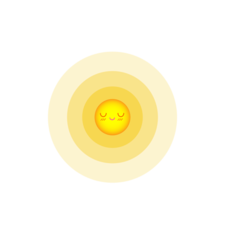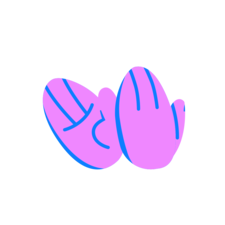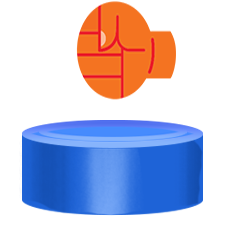Install Steam
login
|
language
简体中文 (Simplified Chinese)
繁體中文 (Traditional Chinese)
日本語 (Japanese)
한국어 (Korean)
ไทย (Thai)
Български (Bulgarian)
Čeština (Czech)
Dansk (Danish)
Deutsch (German)
Español - España (Spanish - Spain)
Español - Latinoamérica (Spanish - Latin America)
Ελληνικά (Greek)
Français (French)
Italiano (Italian)
Bahasa Indonesia (Indonesian)
Magyar (Hungarian)
Nederlands (Dutch)
Norsk (Norwegian)
Polski (Polish)
Português (Portuguese - Portugal)
Português - Brasil (Portuguese - Brazil)
Română (Romanian)
Русский (Russian)
Suomi (Finnish)
Svenska (Swedish)
Türkçe (Turkish)
Tiếng Việt (Vietnamese)
Українська (Ukrainian)
Report a translation problem







































































As you place the flowers ( next to path ) they will follow the path you made on each side.
Also on flowers I noticed the slower you drawing as go the better control and less flowers appear.
2. With time and a lot of fence pieces ( blue color ) and a lot of work you can make waterfalls
( I have ) a screenshot of one I did on here under my username. Also Fountains can be made.
Found some interesting things by accident, that I not sure if anyone else may even know about.
Like a steel type looking door and a brick one also to name a few. ( which I have
screenshots of also. )